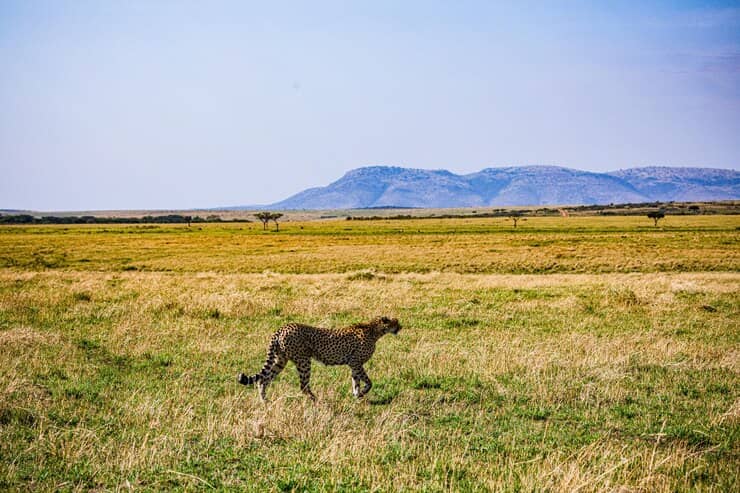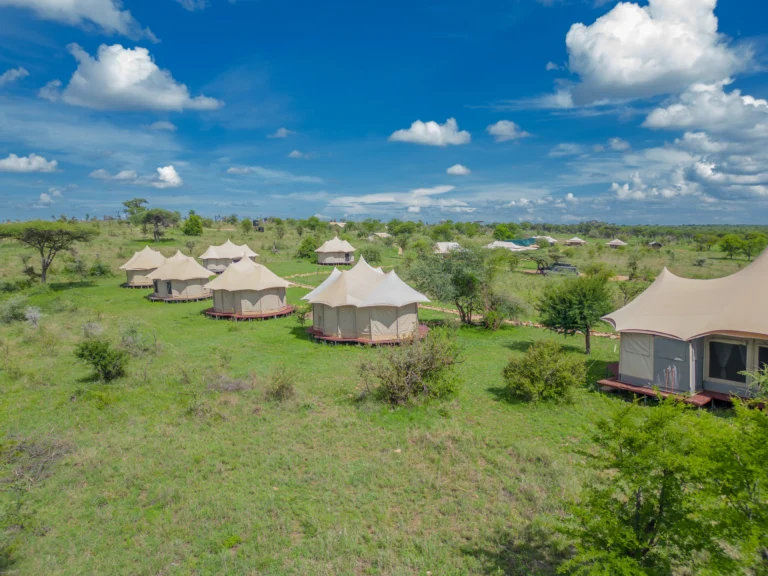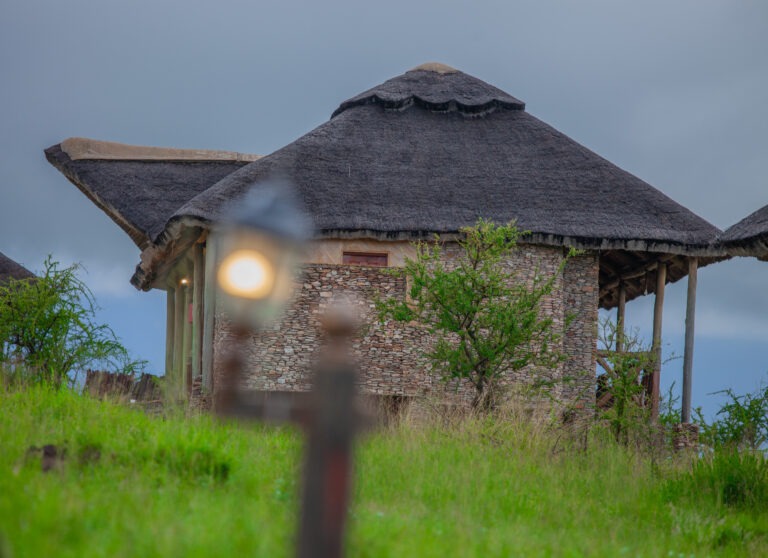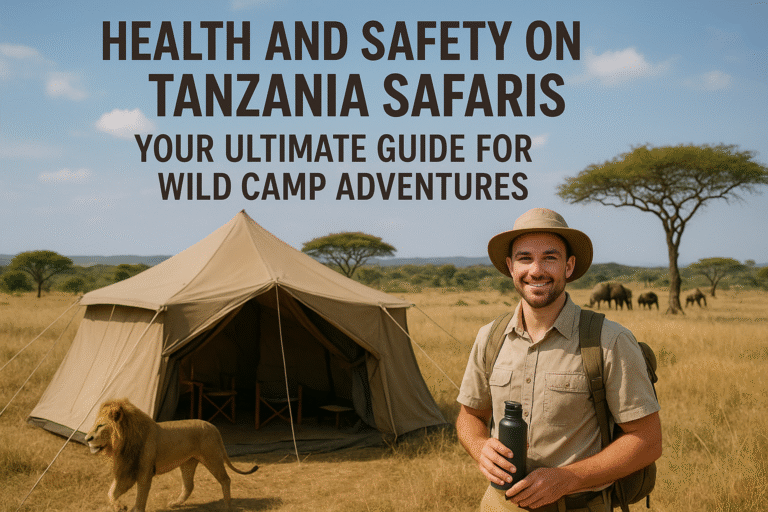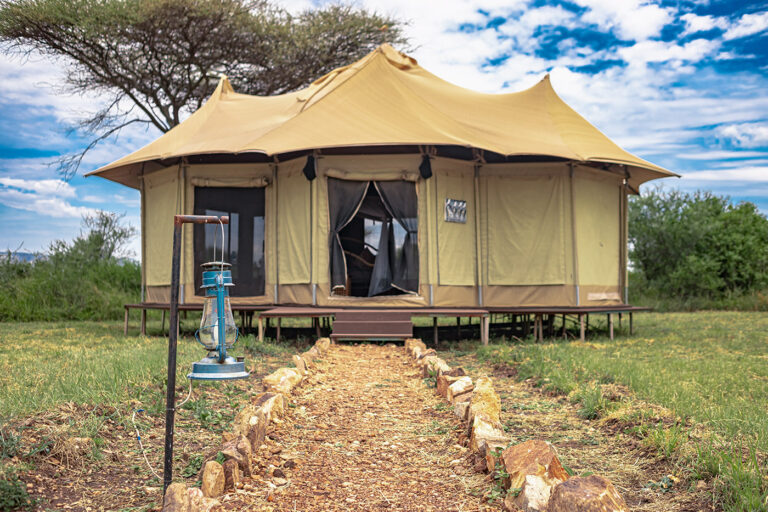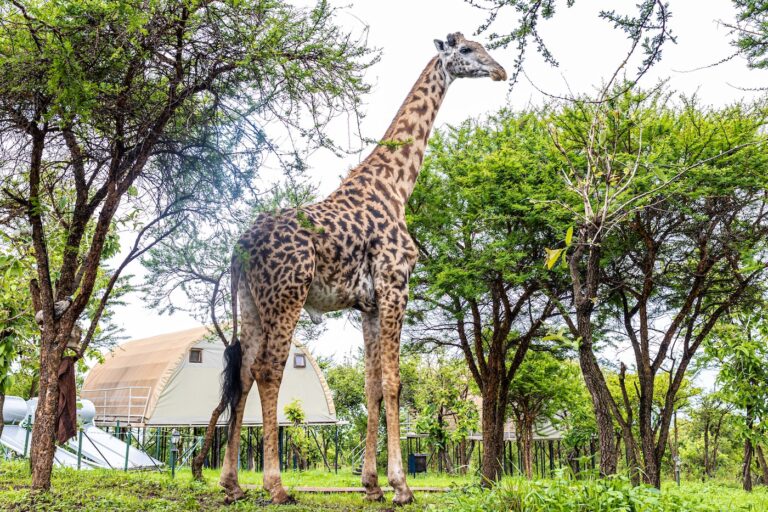Best Time to Visit Serengeti for Big 5 Sightings
The Serengeti National Park, a crown jewel of Tanzania’s safari destinations, is world-famous for its vast plains, dramatic Great Migration, and unparalleled opportunities to spot the Big 5—lion, leopard, elephant, buffalo, and rhino. For wildlife enthusiasts planning a safari with Tanzania Wild Camps, timing your visit is crucial to maximize Big 5 sightings in Serengeti. Each season offers unique advantages, from lush landscapes to prime predator activity, but when is the best time to visit Serengeti for the ultimate Big 5 experience? This comprehensive guide explores the seasonal highlights, weather patterns, and expert tips to ensure you witness Tanzania’s iconic wildlife in 2025, with a focus on Serengeti safari timing, Big 5 spotting seasons, and wildlife viewing Serengeti.
Understanding the Serengeti’s Seasons
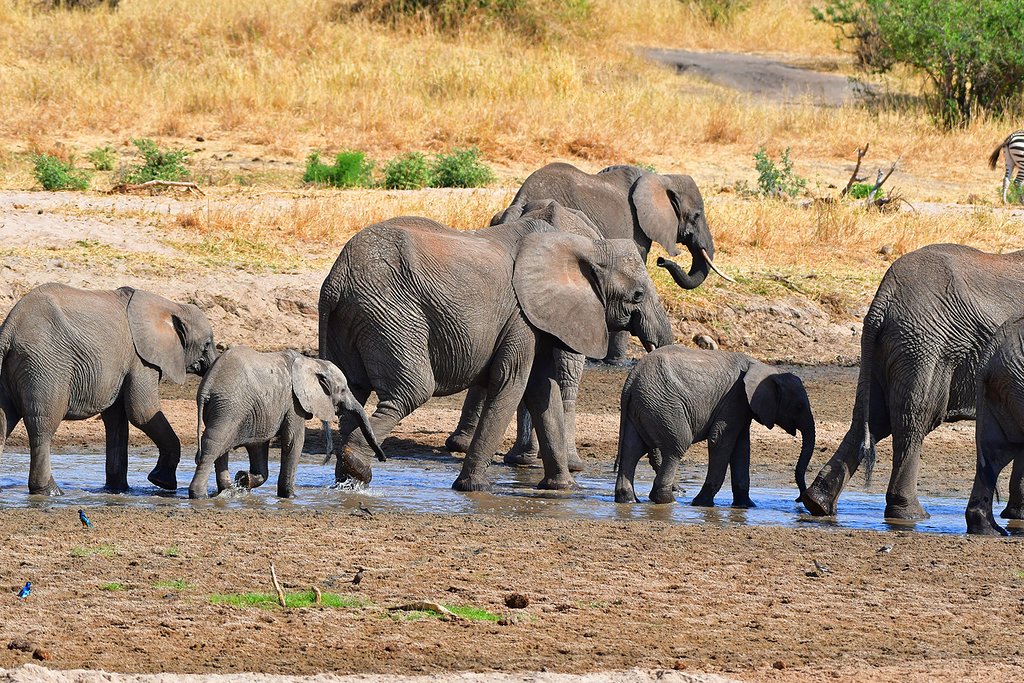
Tanzania’s Serengeti operates on two main seasons—dry and wet—each influencing wildlife behavior, visibility, and safari experiences. Understanding these seasons is key to choosing the best time to visit Serengeti for Big 5 sightings:
- Dry Season (June to October): Clear skies, sparse vegetation, and concentrated water sources make wildlife easier to spot. This is the peak season for Big 5 sightings in Serengeti, as animals gather around rivers and waterholes.
- Wet Season (November to May): Split into the short rains (November-December) and green season (March-May), this period brings lush greenery, fewer crowds, and unique wildlife behaviors, such as calving and predator activity.
- Shoulder Seasons: Early November and late May offer a balance of good weather, moderate crowds, and excellent wildlife viewing.
Dry Season (June to October): Prime Time for Big 5 Sightings
The dry season is widely regarded as the best time to visit Serengeti for Big 5 sightings due to optimal wildlife visibility and concentrated animal activity. Here’s why:
Why It’s Ideal for Big 5 Sightings
- Sparse Vegetation: With less foliage, spotting elusive animals like leopards and rhinos becomes easier, especially in open savannahs like the Seronera Valley.
- Waterhole Concentrations: As water sources dwindle, elephants, buffalo, and predators congregate around rivers (e.g., Grumeti) and waterholes, making them easier to find.
- Great Migration: The dry season coincides with the wildebeest migration’s dramatic river crossings (July-August), attracting lions and leopards for easy prey.
- Clear Weather: Sunny days and cool nights ensure comfortable game drives and clear photography conditions.
Big 5 Highlights in the Dry Season
- Lion: Lions are abundant in the Serengeti, with prides active near water sources. The Seronera Valley is a hotspot for lion sightings during game drives.
- Leopard: These elusive cats are easier to spot in the dry season, lounging in acacia trees or stalking prey near the Grumeti River.
- Elephant: Large herds gather around waterholes, especially in the Western Corridor, offering spectacular sightings.
- Buffalo: Massive buffalo herds roam the plains, often trailed by lions, making for dramatic encounters.
- Rhino: Black rhinos, though rare, are more visible in the Moru Kopjes area, where they seek shade and water.
Pro Tip: Book early (6-12 months in advance) for dry season safaris, as camps like those offered by Tanzania Wild Camps fill up quickly. June and October are less crowded than July-August, offering a quieter wildlife viewing Serengeti experience.
Cons of Dry Season
- Higher costs due to peak season rates.
- Crowded game drive routes, especially around migration crossings.
- Dusty conditions may affect photography or comfort.
Wet Season (November to May): Unique Big 5 Opportunities
The wet season, particularly the green season (March-May), offers a different but equally rewarding experience for Big 5 sightings in Serengeti. While visibility may be slightly reduced due to lush vegetation, the wet season brings unique wildlife behaviors and budget-friendly perks.
Why It’s Great for Big 5 Sightings
- Calving Season (January-February): The southern Serengeti (Ndutu area) hosts the wildebeest calving, attracting predators like lions and leopards for thrilling hunts.
- Fewer Crowds: Lower tourist numbers mean more intimate wildlife viewing Serengeti experiences and better guide availability.
- Lush Landscapes: The green season transforms the Serengeti into a vibrant paradise, ideal for photography and birdwatching alongside Big 5 spotting.
- Discounted Rates: Many camps, including Tanzania Wild Camps, offer lower prices during the wet season, making it budget-friendly.
Big 5 Highlights in the Wet Season
- Lion: Prides are highly active during the calving season, hunting newborn wildebeest in the Ndutu plains.
- Leopard: Wet season greenery makes leopards harder to spot, but early morning drives in the Seronera Valley increase your chances.
- Elephant: Herds roam widely across lush plains, with frequent sightings in the Western Corridor and Lobo areas.
- Buffalo: Large herds thrive in the wet season, often seen grazing in the northern Serengeti.
- Rhino: Moru Kopjes remains a reliable spot for rhino sightings, especially during early rains (November).
Pro Tip: Pack waterproof gear and opt for 4×4 vehicles for wet season game drives. March and April offer the best balance of lush scenery and wildlife activity with fewer showers.
Cons of Wet Season
- Thicker vegetation can obscure smaller animals like leopards.
- Some roads may be muddy, limiting access to remote areas.
- Short rains (November-December) can bring brief disruptions to game drives.
Shoulder Seasons: November and Late May
For travelers seeking a balance of good weather, fewer crowds, and excellent Big 5 sightings in Serengeti, the shoulder seasons (early November and late May) are ideal.
- Early November: Marks the transition from dry to wet, with clear skies, moderate wildlife concentrations, and fewer tourists. Lions and elephants are still active near water sources.
- Late May: As the green season winds down, the Serengeti remains lush but accessible, with discounted rates at camps like Nyika Tented Camp.
Pro Tip: Shoulder seasons are perfect for budget safaris in Tanzania, as camps offer promotions, and wildlife is still abundant. Contact Tanzania Wild Camps for tailored Serengeti safari timing packages.
Month-by-Month Guide to Big 5 Sightings
To pinpoint the best time to visit Serengeti, here’s a month-by-month breakdown for Big 5 spotting seasons:
- January-February: Calving season in Ndutu brings predator action (lions, leopards). Elephants and buffalo are widespread. Moderate rhino sightings in Moru Kopjes.
- March-April: Green season offers lush scenery, fewer crowds, and active lions during calving. Elephants thrive, but leopards are harder to spot.
- May: Late green season with excellent buffalo and elephant sightings. Lions remain active, and rhinos are visible in Moru Kopjes.
- June: Start of dry season; wildlife concentrates around waterholes. Lions, leopards, and elephants are easy to spot.
- July-August: Peak migration crossings (Grumeti and Mara rivers) attract lions and leopards. Elephants and buffalo are abundant.
- September-October: Prime Big 5 sightings in Serengeti with sparse vegetation and clear skies. All Big 5 are active, especially in Seronera and Moru Kopjes.
- November: Short rains begin, but wildlife remains visible. Lions and elephants are widespread, with fewer tourists.
- December: Short rains continue, but calving season preparations start, drawing predators to Ndutu.
Tips for Maximizing Big 5 Sightings
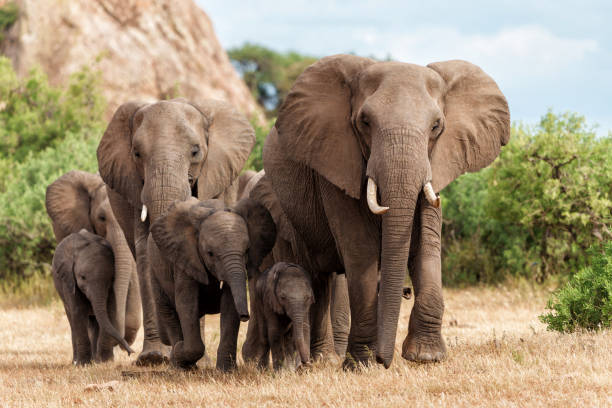
- Choose Expert Guides: Tanzania Wild Camps’ local guides know the Serengeti’s best Big 5 hotspots, from Seronera’s lion prides to Moru Kopjes’ rhinos.
- Opt for Early Morning Drives: Animals are most active at dawn, increasing chances of spotting leopards and lions.
- Bring Binoculars and Cameras: Enhance your wildlife viewing Serengeti experience with quality gear.
- Stay Flexible: Wildlife is unpredictable, so allow time for multiple game drives to cover different areas like Seronera, Ndutu, and Moru Kopjes.
Plan Your Serengeti Safari for Big 5 Sightings
The best time to visit Serengeti for Big 5 sightings depends on your priorities—dry season (June-October) for maximum visibility, wet season (November-May) for calving and fewer crowds, or shoulder seasons for a balanced experience. With Tanzania Wild Camps, you can tailor your safari to any season, staying at public camps in Tanzania or private camps for the ultimate wildlife viewing Serengeti adventure.
Ready to witness the Big 5 in their natural habitat? Contact Tanzania Wild Camps today to plan your 2025 Serengeti safari. Book now for early-bird discounts on Serengeti safari timing packages. Let Tanzania Wild Camps bring you face-to-face with the Big 5 in 2025!


